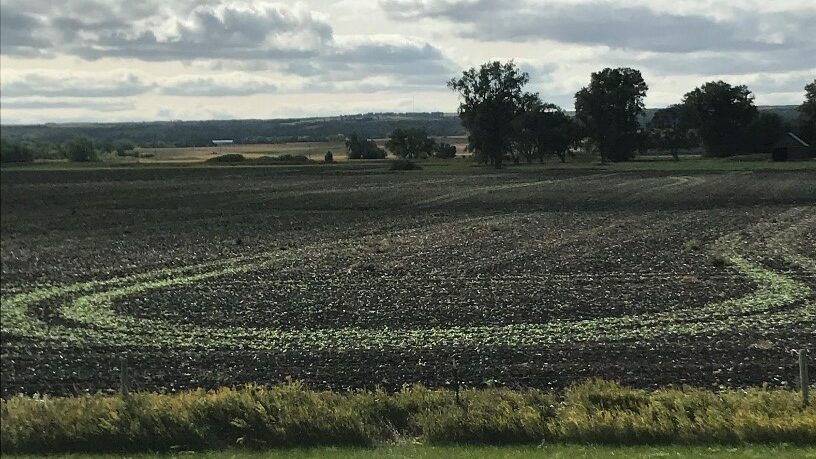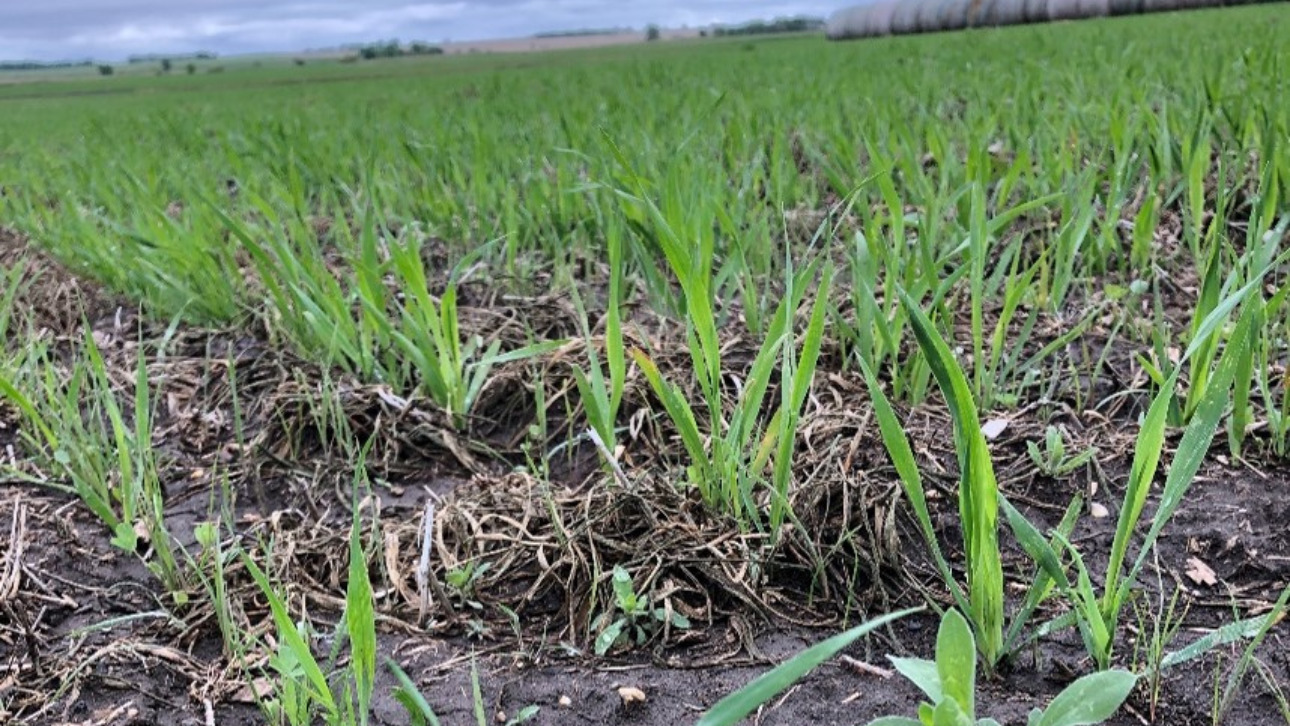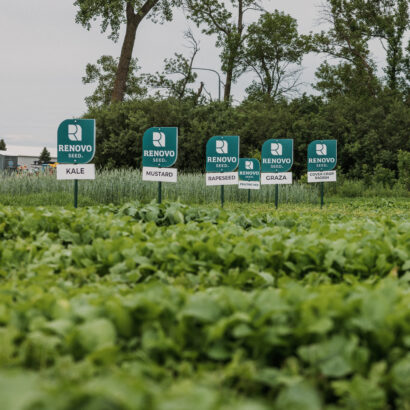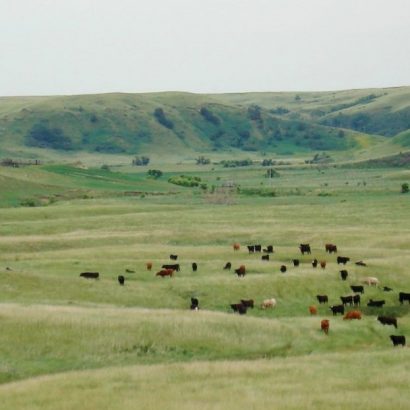Spring fever is in full swing, and that means it’s time to start planning out the spring planting season. It’s not uncommon to see drills rolling by the end of March, so whether you’re planting small grains or perennial forages, it’s not far off for the northern plains.
When should I plant my perennial grasses?
Temperature is probably the most important factor to consider before planting perennial grasses. There isn’t a specific temperature threshold to hit, but minimizing the risk of a hard freeze after planting is critical. The worst-case scenario is to plant too early, get a few inches of growth from the new seeding, and then get a hard freeze. While these plants have more frost tolerance than you might expect, a hard frost still poses a threat to stand loss. My recommendation is after the frost is out and the weather is on a warming trend, that’s a great time to get the seed in the ground.
Moisture is another key factor when you’re making a planting timeline. We would all prefer to plant in dry soil with a nice steady rain to follow, but unfortunately that isn’t always the case. South Dakota had a heavy snow year, so our early spring conditions could be trending wetter than we’ve seen in the past few years. One thing to note, is you typically don’t need to worry about sidewall compaction in perennial grasses nearly as much as you would with corn or soybeans, because perennial grasses are planted so much shallower than corn or soybeans. But, you still don’t want to mud in shallow planted seeds. If you’re creating ruts or other damage to the ground surface, those have potential to stay for the life of the stand.
What should I use to plant my pasture?
Drilling is the preferred method of planting because it allows you to regulate seeding rate, seeding depth, and furrow firmness. Keep in mind – it’s better to plant too shallow than too deep. Although the drill is preferred, broadcasting can be done with success, there are just a few extra steps to ensure a good stand.
Seedbed prep is the most important step if you’ll be broadcasting. It’s tough to get a good stand if you’re broadcasting onto no till ground, so I usually recommend working the ground to start with. After the ground is worked, seedbed firmness is probably the most overlooked step in the process. I usually suggest rolling or packing the field at least once before broadcasting, and once after. The goal is to get the ground packed tight – you should be able to bounce a basketball, or walk across the field without sinking in more than ¼ inch deep. In the photo below, you can see a classic situation of the seedbed not being firm enough, and emergence being better in the wheel tracks – where the seedbed is firm.

If you properly prep your seed bed and we catch a good rain, you’ll see a very good new seeding.
I know it’s tough to think about planting when there’s still snow coming down, but planting a perennial mix is a multi-year investment. It pays to do it right. Keep these steps in mind, and you’ll have that stand of grass or alfalfa working for you for years to come.




Discussion
0 Comments